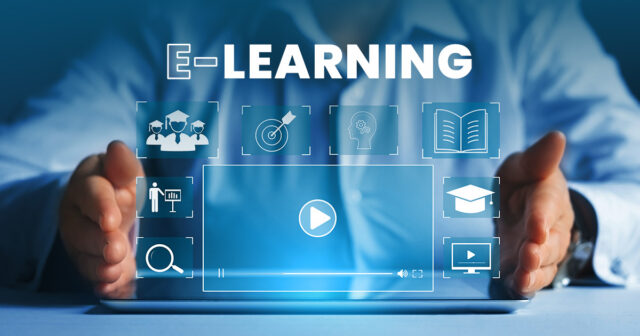Education is undergoing a revolutionary transformation. In 2025, learning is no longer confined to chalkboards and textbooks — it’s driven by technology, data, and a growing demand for practical skills. With global challenges such as automation, remote work, and digital economies, education systems are rapidly adapting to prepare students for a future that’s already here.
Let’s examine the powerful trends shaping education in 2025 — and what educators, students, and policymakers must understand to thrive.
1. Personalized Learning Is the New Standard
Traditional, one-size-fits-all classrooms are being replaced by personalized learning models. These models use AI and adaptive technologies to cater to individual student needs, learning styles, and pace.
Benefits include:
- Custom learning paths based on performance
- Real-time feedback and analytics
- Improved student engagement and retention
Platforms like Khan Academy, Century Tech, and Google Classroom now allow students to learn at their own pace while teachers focus on mentorship and critical thinking.
2. EdTech Is Now Mainstream
Education Technology (EdTech) is no longer a luxury — it’s essential. From virtual whiteboards to augmented reality (AR) simulations, tech is enhancing the way lessons are delivered and understood.
In 2025, classrooms use:
- AI tutors for personalized support
- AR/VR for immersive science and history lessons
- Gamification for student motivation
- Learning Management Systems (LMS) for curriculum delivery and tracking
Teachers are now facilitators, using these tools to spark curiosity and empower learners.
3. Skills-Based Learning Is Overtaking Memorization
The job market of 2025 demands more than academic knowledge. Employers want practical, adaptable skills — communication, digital literacy, problem-solving, critical thinking, and collaboration.
Schools are shifting focus to:
- Project-based learning
- Coding and digital skills
- Financial literacy
- Career readiness programs
Many institutions are partnering with platforms like Coursera, Skillshare, and Udemy to offer industry-relevant skills to students before graduation.
4. Remote and Hybrid Learning Are Here to Stay
While in-person education remains vital, remote and hybrid learning models continue to grow post-pandemic. This flexibility allows students to learn from anywhere, access a broader range of courses, and balance education with other life responsibilities.
Remote learning tools like Zoom, Microsoft Teams, and Moodle have become central to education delivery. Students can attend lectures, collaborate in virtual groups, and submit assignments all from their devices.
5. Teacher Roles Are Evolving
In 2025, teachers are more than instructors — they are facilitators, data analysts, and mentors. With AI and digital tools handling routine tasks, educators focus more on:
- Social-emotional learning
- Guiding personalized instruction
- Supporting at-risk students
- Nurturing creativity and resilience
Continuous professional development in digital pedagogy is now essential for every educator.
6. Assessment Methods Are Becoming More Holistic
Traditional exams and standardized tests are being replaced by continuous assessment models that evaluate:
- Conceptual understanding
- Creativity and innovation
- Collaboration
- Real-world problem-solving
Portfolios, peer reviews, and digital badges are gaining popularity as proof of learning and competency.
7. Education Equity Is Under Global Scrutiny
While technology has improved access to learning, digital inequality remains a major challenge. Students in under-resourced communities risk falling behind due to lack of devices, poor internet, or limited teacher support.
Efforts to close the digital divide include:
- Government-led device distribution
- Offline learning kits
- Open Educational Resources (OERs)
NGOs, tech companies, and education ministries are working together to bridge this gap and ensure every learner has equal opportunities.
Conclusion
The future of education is bold, inclusive, and deeply intertwined with technology. As schools embrace personalization, skills training, and digital delivery, they are preparing students not just for exams — but for life.
For students, it’s time to become active learners. For educators, the mission is to stay agile and innovative. And for policymakers, the challenge is to ensure equity and sustainability in this new era of education.
Source: HotFmOnline.com
Do you have a story to share? Send it to our editorial team at editor@hotfmonline.com


